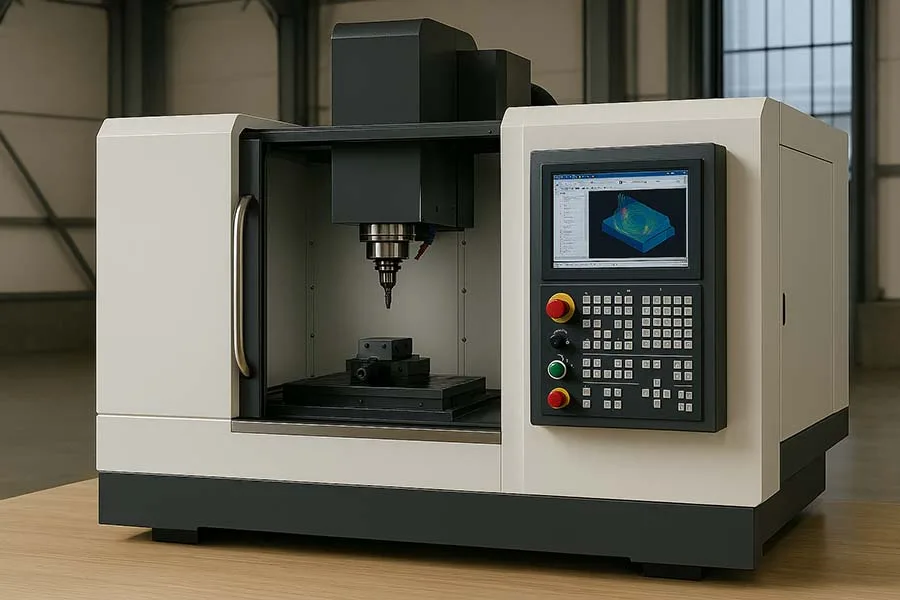Introduction: Are Industrial Directories Still Useful in 2025?
For decades, industrial directories were the gold standard for visibility. Manufacturers paid for listings, hoping buyers would find them among thousands of others.
But today’s digital world doesn’t work that way.
Modern buyers don’t browse static lists—they search, compare, and decide in dynamic environments powered by AI, SEO, and real-time data.
So it’s time to ask the real question:
Are industrial directories still useful—or are they quietly holding manufacturers back?
The Decline of Industrial Directories
In the early 2000s, directories like ThomasNet, Kompass, and Europages gave manufacturers a way to be found online. But over time, their static format and limited visibility turned them into digital yellow pages.
Here’s why they no longer deliver value:
- Limited search visibility: Most directory pages rank poorly in Google and AI search results.
- Generic listings: Every company looks the same—no differentiation, no storytelling.
- Low buyer intent: Most visitors are browsing, not buying.
- Pay-to-appear systems: Premium positions often go to whoever pays more, not who performs better.
Today, manufacturers realize that being listed is not the same as being found.
How Modern Buyers Discover Manufacturers
Industrial buyers have transformed how they search for suppliers and tools. Instead of scrolling through directories, they:
- Search specific needs on Google or Bing (“ISO-certified torque tools for aerospace use”).
- Compare manufacturer websites and read blogs, case studies, and spec sheets.
- Ask peers on LinkedIn or B2B forums for real-world recommendations.
- Use AI-driven search systems that analyze content context and credibility, not just listings.
This means the journey from search to selection now depends on authority, context, and engagement—not on paid directory spots.
📘 If you want to understand how content can drive discovery, check our guide on Industrial Automation Solutions.
Why Industrial Directories Fail in the AI Search Era
AI-driven discovery tools (like ChatGPT, Copilot, and Gemini) don’t pull data from traditional directories. Instead, they analyze structured, up-to-date content from credible sources.
So when a buyer asks,
“Who supplies industrial fasteners with ISO 9001 certification?”
AI tools highlight manufacturers with optimized content, not those hidden behind a directory paywall.
Industrial directories lack:
- Fresh, dynamic data (they’re often outdated).
- Technical context (missing certifications, specs, applications).
- Structured markup (schema) that AI systems use to interpret and recommend content.
This is why even well-known platforms now struggle to appear in AI-driven search answers or “zero-click” results.
💡 To learn more about making your technical content search-ready, explore our article on How to Read a Torque Wrench Correctly?
What Manufacturers Really Need Instead
Manufacturers don’t need another directory—they need a modern visibility strategy that combines discoverability, credibility, and data transparency.
Here’s what works in 2025:
1. SEO-Optimized Knowledge Hubs
An organized content hub—covering how-to guides, product comparisons, and case studies—drives organic visibility far better than any directory listing.
Example: An article like How to Choose a CNC Machine for Your Industry? attracts high-intent traffic and positions your brand as an authority.
2. Structured and Context-Rich Data
Use schema markup to help search engines and AI understand your technical data—materials, certifications, dimensions, and applications.
3. Transparent Credibility
Buyers want proof, not promises. Case studies, real testimonials, and certifications build the trust that static directories can’t replicate.
4. Smart Interlinking
Internal links between related articles (like Hilti DSH 700-X Review or STIHL TS 420 vs Hilti DSH 700-X) guide readers through the research journey—improving SEO and conversions simultaneously.
5. Continuous Engagement
Use newsletters, LinkedIn articles, and webinars to stay top-of-mind.
Visibility today is earned through interaction, not bought through placement.
The Future of Manufacturing Visibility
Tomorrow’s manufacturing leaders will focus less on “being listed” and more on being linked, referenced, and trusted.
They’ll build living ecosystems of industrial knowledge—where every page educates, connects, and feeds AI systems accurate data.
When that happens, buyers will find you naturally, because your expertise—not your listing—tells the story.
🔗 To see how interconnected content strengthens authority, explore our upcoming series on Proto Torque Wrenches: Complete Buying Guide & Pro Review (2025 Edition).
Conclusion: From Listings to Leadership
Industrial directories once made sense. But the world has evolved.
Manufacturers that still rely on them are missing the opportunity to shape how they’re discovered and understood.
Today, true visibility comes from active thought leadership, technical credibility, and search-ready content ecosystems—not from being buried among 5,000 other names.
The future belongs to manufacturers who turn knowledge into visibility.
What’s your view?
Are industrial directories still relevant, or is it time to embrace smarter visibility strategies?
Share your thoughts with us in the comments—or connect on LinkedIn to continue the discussion.





